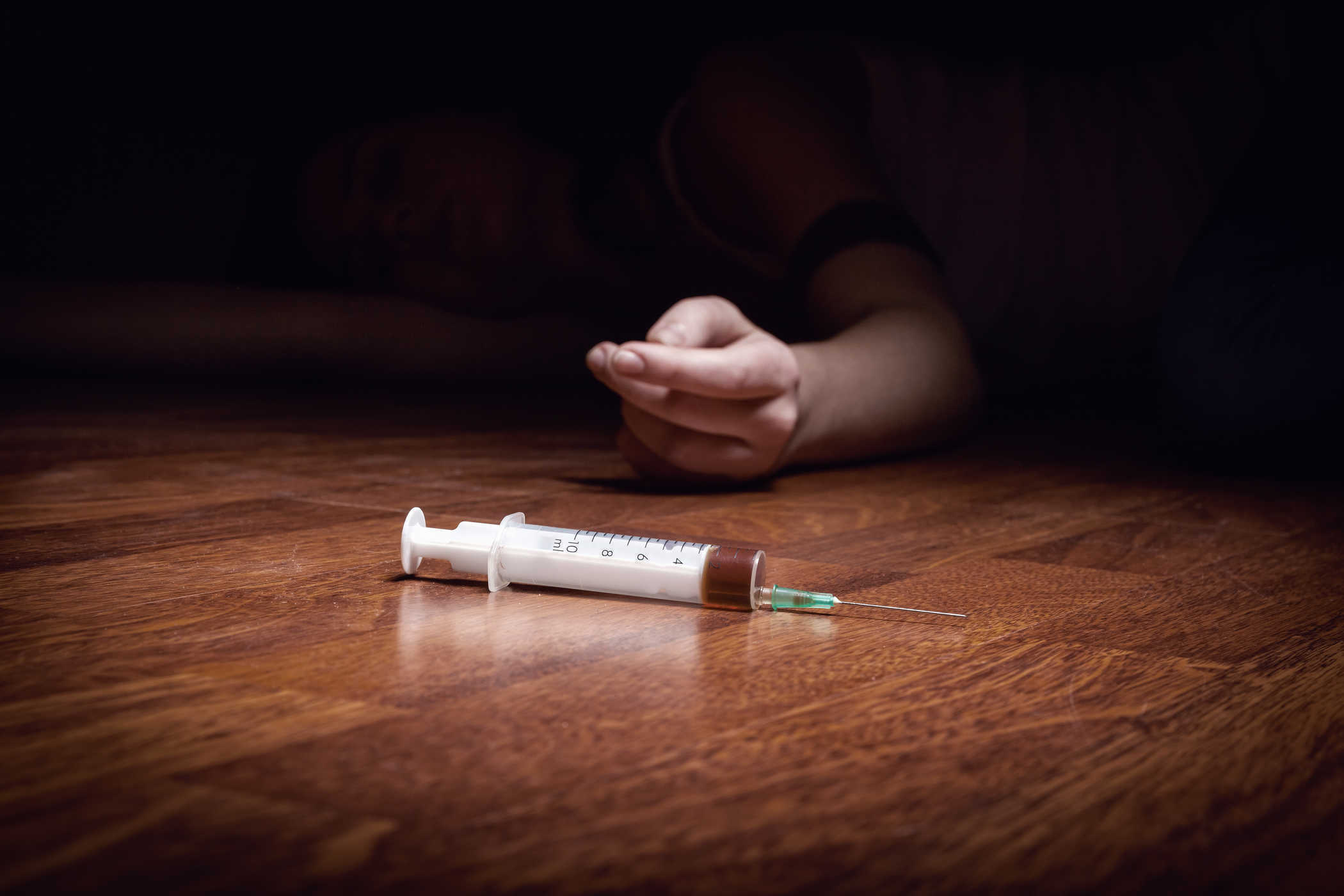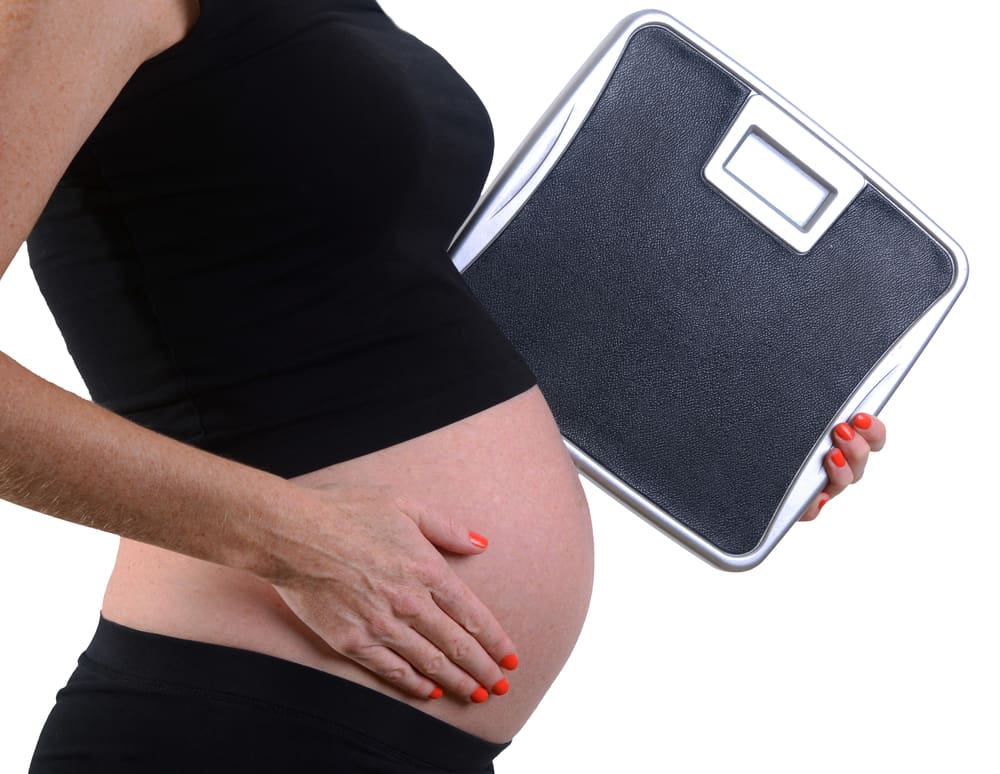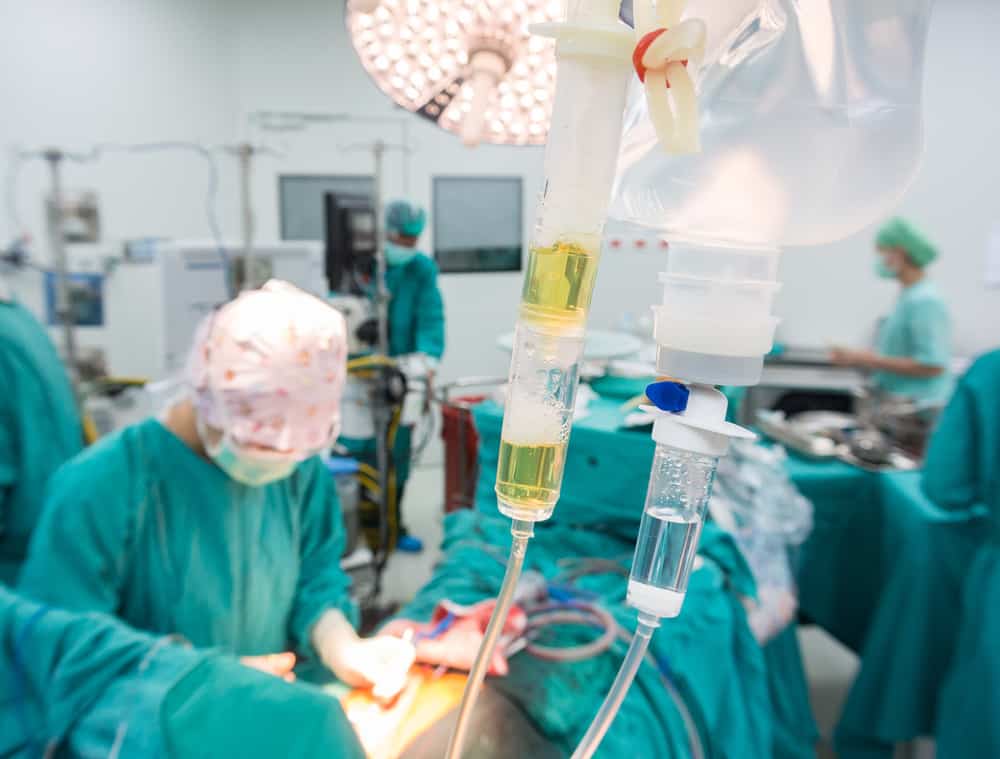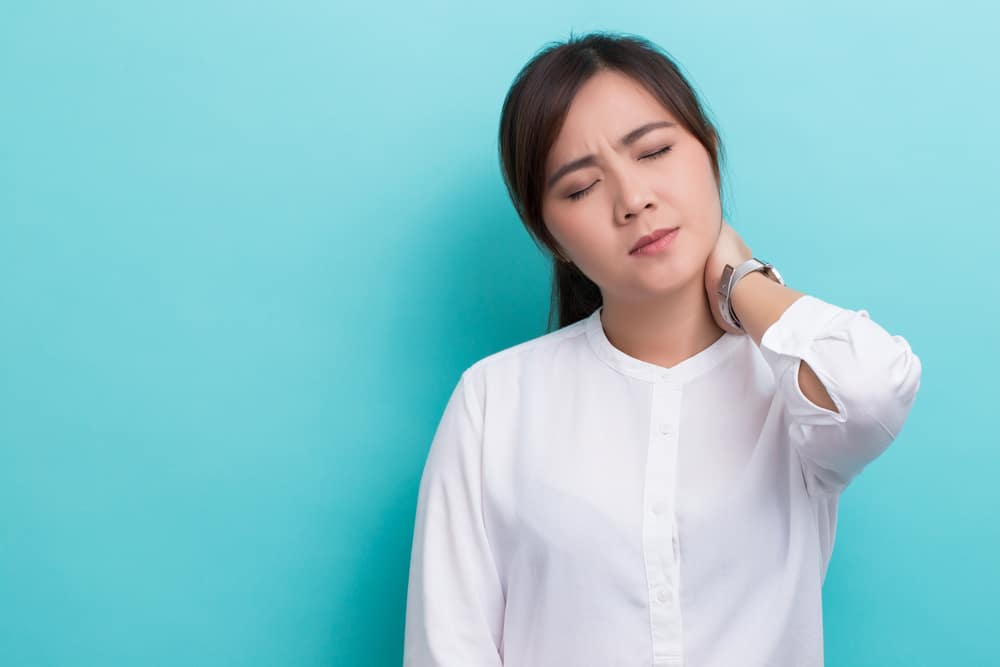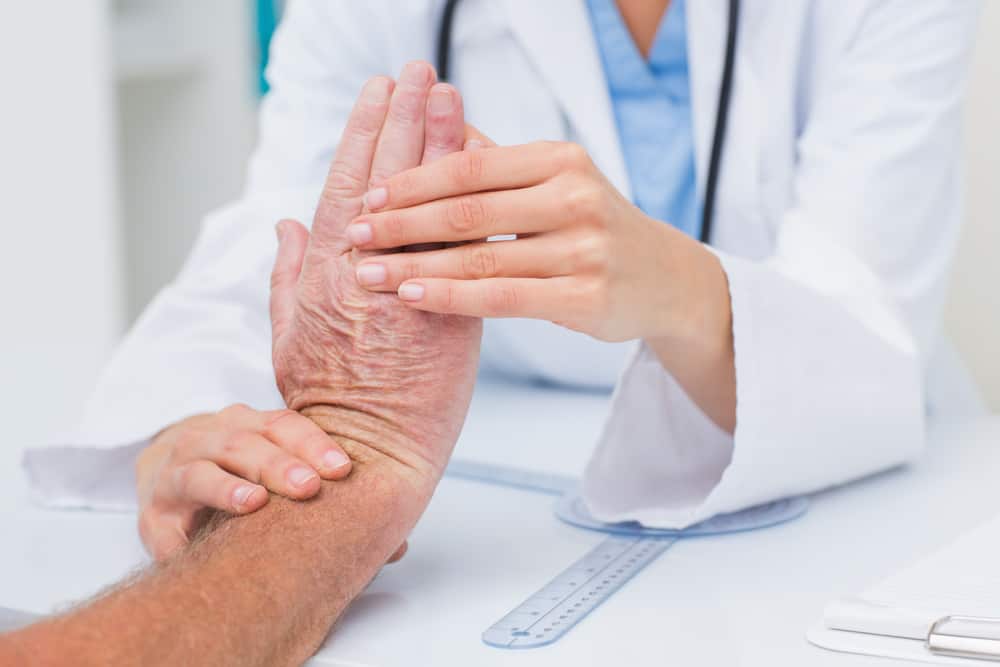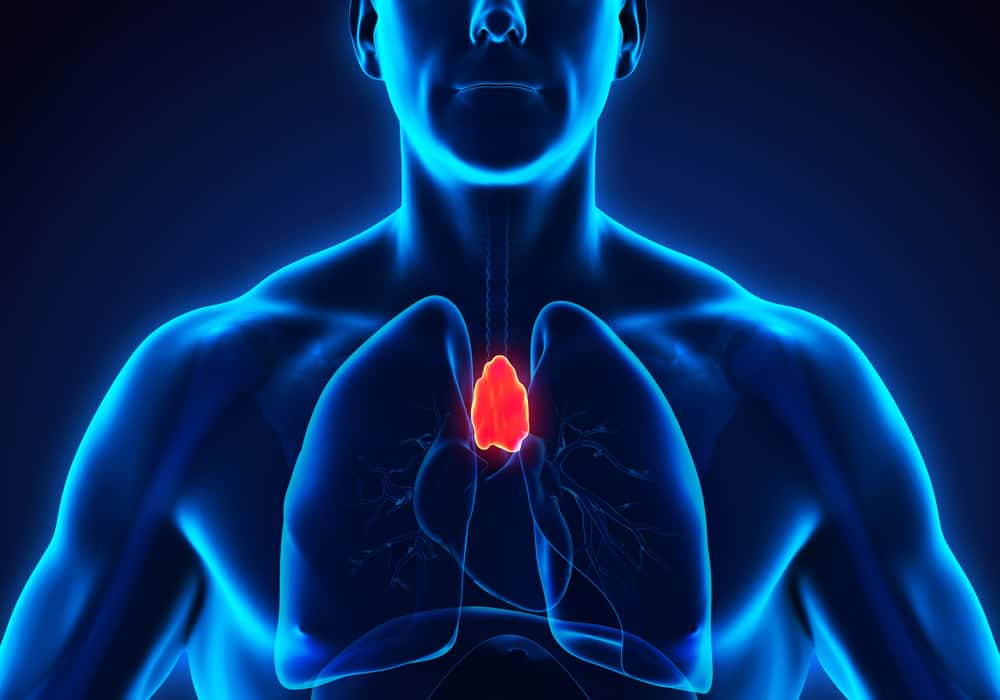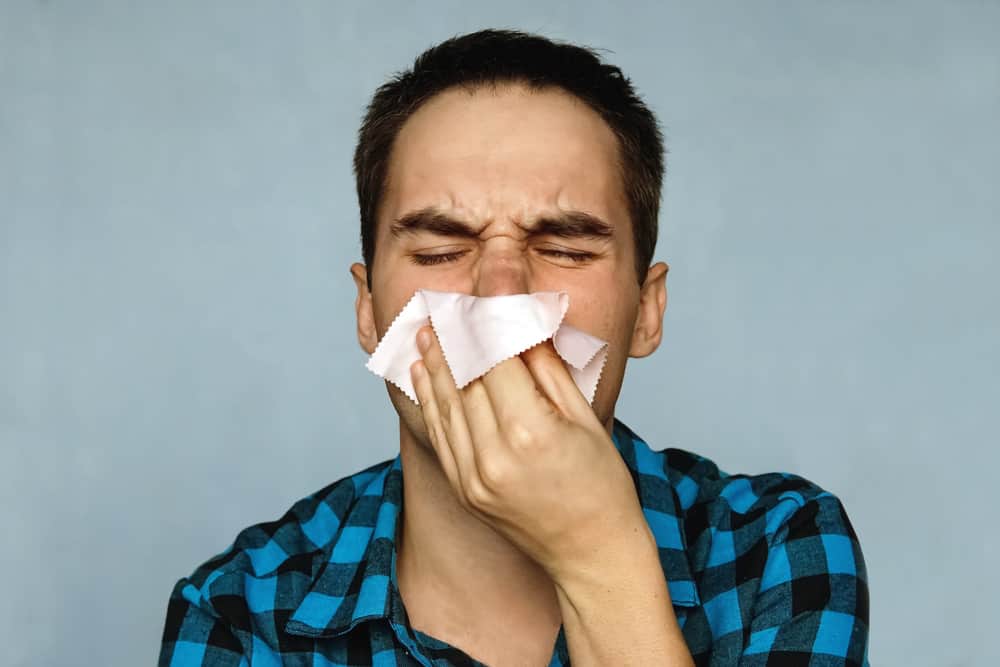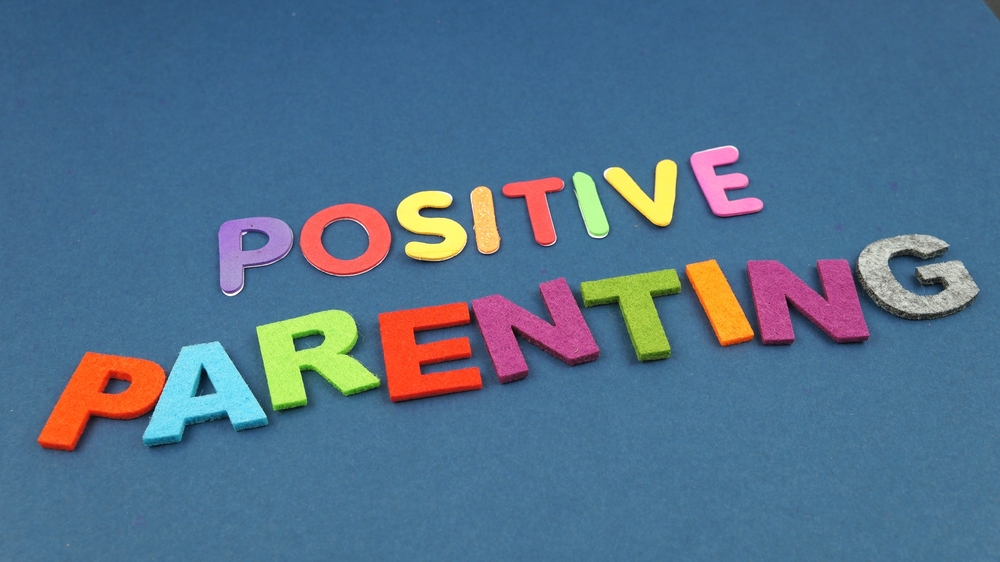Contents:
Medical Video: Teaching Friends & Family How to Reverse a Drug Overdose: Project Hope
Drug overdose can be intentional or not. This can occur through drug abuse, including alcohol, to get drunk and drunk, or when someone takes medical drugs - prescription, nonprescription, even herbal products - more than the recommended dose and the body does not have time to remove excess drugs to avoid the effects dangerous side.
Drug overdose can occur suddenly, when a large number of drug doses are taken at one time, or gradually when drug substances slowly accumulate in the body for a long period of time. Drug overdose is a medical emergency.
Recognize signs and symptoms of drug overdose
Knowing the signs and symptoms of an overdose and the right actions to take can help you avoid tragedy. One does not need to have all the signs or symptoms to be classified as overdose. Just showing one or two symptoms still means they are in trouble and need emergency help.
Symptoms of drug overdose can include:
- Nausea
- Gag
- Abdominal cramps
- Diarrhea
- Dizzy
- Lost balance
- Seizures (depending on situation and condition)
- Sleepy
- Confusion
- Difficulty breathing / not breathing
- Internal bleeding
- Hallucinations
- Visual impairment
- Heavy snoring
- Blue skin
- Coma
READ ALSO: Steps to Helping People with Seizures
Symptoms of drug depressant overdose
Opioids (heroin, morphine, oxycodone, fentanyl, methadone), benzodiapines, and alcohol are depressant drugs. Symptoms of a depressant drug overdose, including:
- Breathe short or not breathe at all
- Snoring or making a sound like gargling (the airway is blocked)
- Lips or fingertips turn blue
- Hands and feet drooping
- Does not respond to stimuli
- Disorientation
- Lost consciousness that cannot be awakened
Symptoms of amphetamine overdose
Symptoms of amphetamine overdose are different from opioid overdoses. Amphetamine overdose increases the risk of heart attack, stroke, seizures, or psychotic episodes due to medication. Symptoms include:
- Chest pain
- confusion / disorientation
- Severe headache
- Seizures
- High body temperature (hot, but not sweat)
- Difficulty breathing
- Aggressive and paranoid
- Hallucinations
- Lost consciousness
READ ALSO: 4 Most Popular Types of Drugs in Indonesia and Their Effects on the Body
Symptoms of overdose of paracetamol / acetaminophen
In addition to depressants and stimulant drugs such as amphetamines, paracetamol is a non-prescription pain reliever that most often results in accidental overdoses in children. Paracetamol is also commonly taken by people who intend to harm themselves (suicide attempts). Signs of paracetamol overdose include drowsiness, coma, convulsions, abdominal pain, and nausea and vomiting. Another name for paracetamol is acetaminophen (often known as the brand name, Panadol). There is only a small difference between the maximum daily dose of paracetamol and drug overdose, which can cause liver damage.
The body's tolerance level for possible overdose will vary for each person depending on age, general body health, what substance is consumed and how much, and various other factors. In general, the body will recover by itself with or without treatment. However, death is a major risk in a large number of cases. Death can occur immediately or may be gradual if the body's organs are permanently damaged.
What can be done to help people who overdose on drugs
1. Immediately contact the emergency department (118/119), if the person has:
- Collapsing unconscious
- Stop breathing
If you can't get a response from someone who is unconscious, don't assume they are sleeping. Not all overdoses occur quickly and can sometimes take hours until he loses his life. Actions taken as quickly as possible at critical times can save lives.
BCA ALSO: Recognizing Drug Symptoms and Treatment
If the victim is aware, sometimes the patient may look paranoid, confused, upset, and nervous. Ask family or friends to calm down. Consider contacting the police if the safety of the patient or person around them is threatened.
2. If he is unconscious and not breathing, start CPR
Emergency personnel who speak to you on the telephone can guide you to do so until assistance arrives. Or, check the steps to CPR, here.
3. If the person is unconscious but breathes
Lay him on the side of his body. Make sure that the airway stays open by tilting your head back and lifting your chin. This position can also prevent the person from choking on vomit, if any. Some drugs can cause serious body warming. And if this exists, remove unnecessary clothing to allow air to reach the skin surface to stabilize its body temperature.
Check your breathing and monitor their condition until help arrives. Don't try to force vomiting, or give food / drink.
4. Find out what drug he is overdosing
- If the person is aware, ask what he consumes, how much, when was the last time he drank it, and how he consumed it (swallowed, inhaled, or injected)
- If the victim is unconscious, check the surroundings. Collect bottles, plastic, needles, or injections that you find in one plastic bag. If there is vomit, take a small sample. It aims to provide evidence to be given to emergency personnel who handle it and analyze it further.
5. Do not leave the victim alone until help arrives, because someone who overdoses can enter and exit consciousness
Some basic knowledge of first aid can make a big difference between life and death in an emergency. Consider taking a first aid course, so you will be able to know exactly what to do if someone is injured or sick.
- DKI Jakarta First Aid Training (PP): (021) 3906666
- Emergency First Aid Course (EFAC) BSMI Jakarta: (021) 29373477

